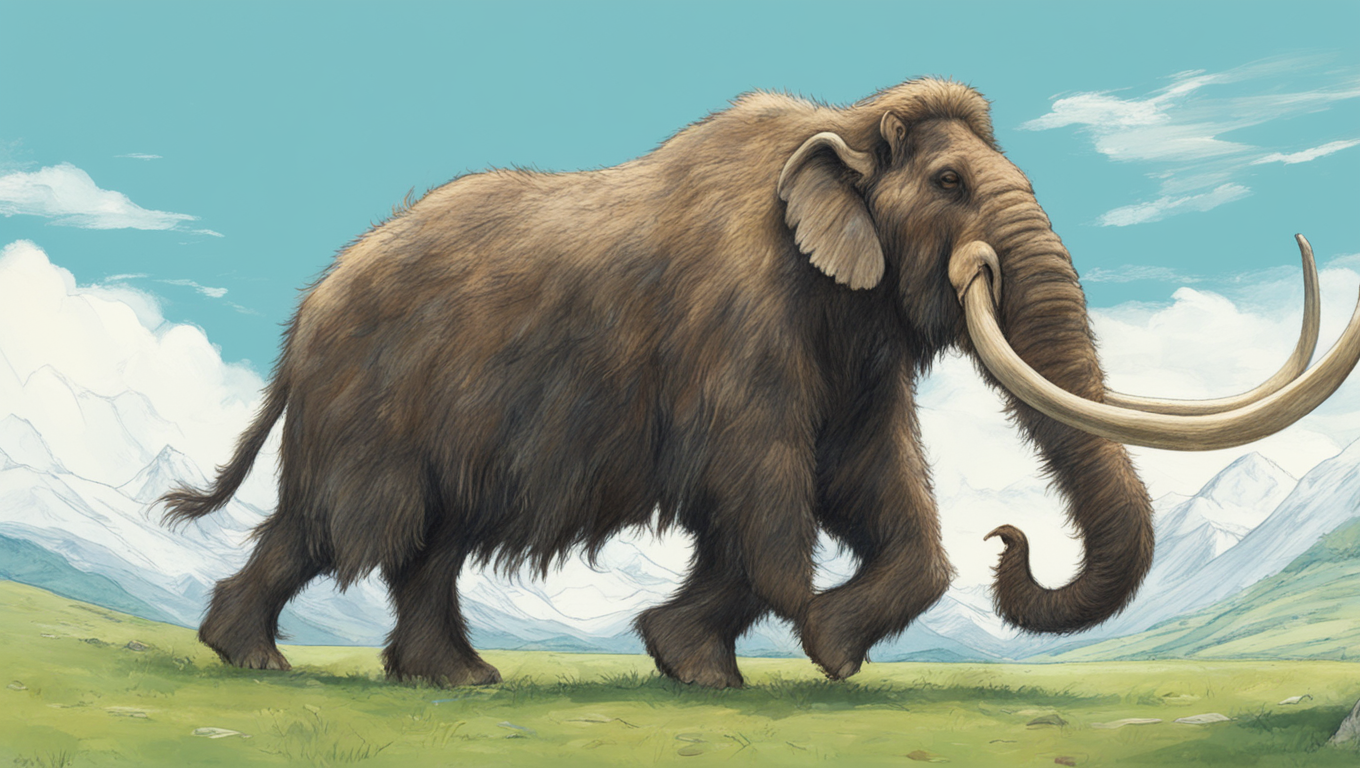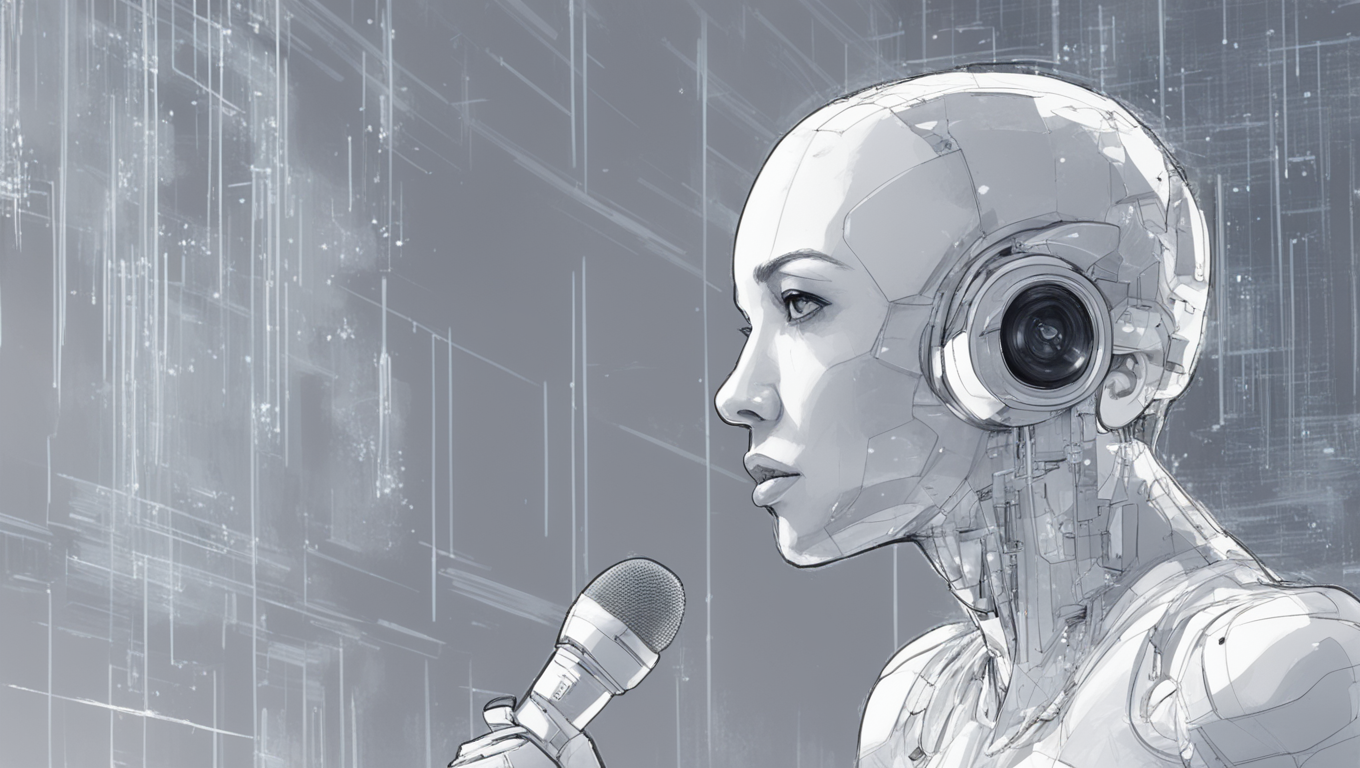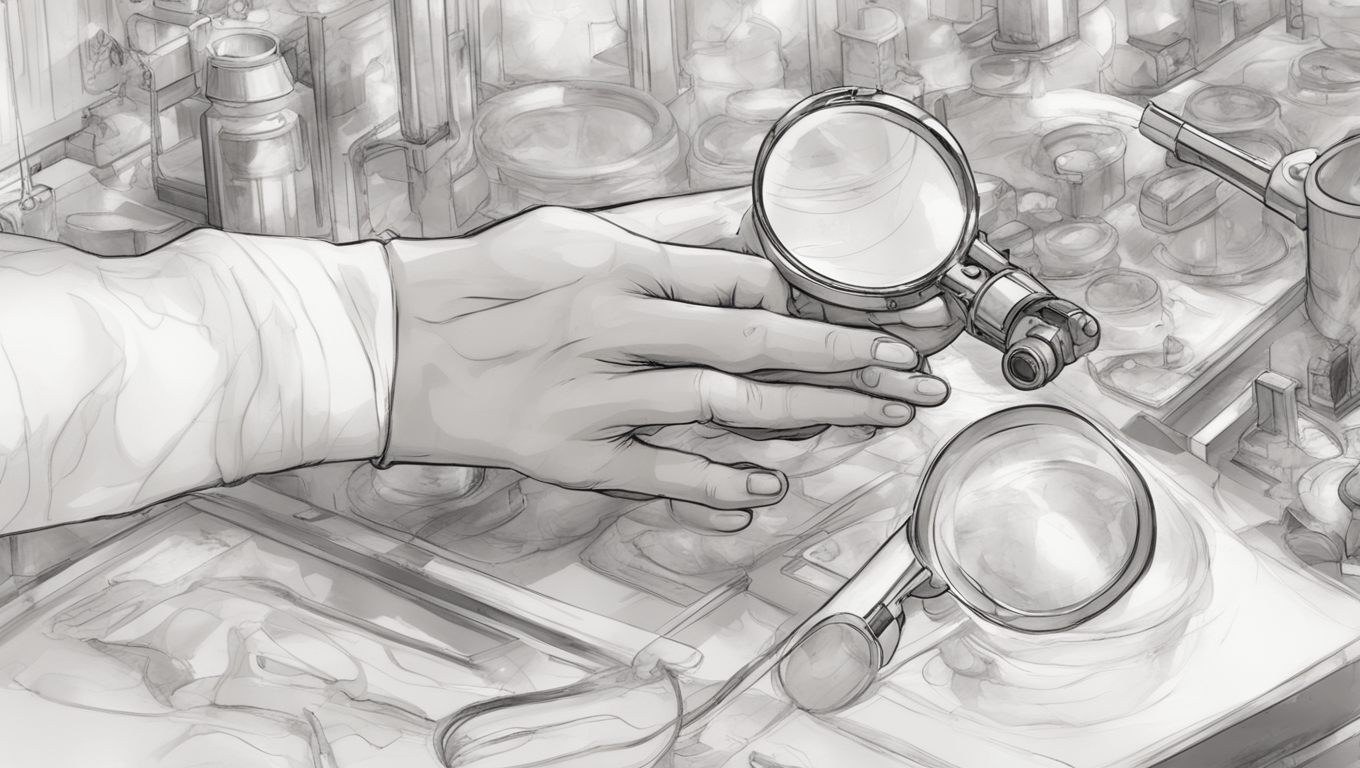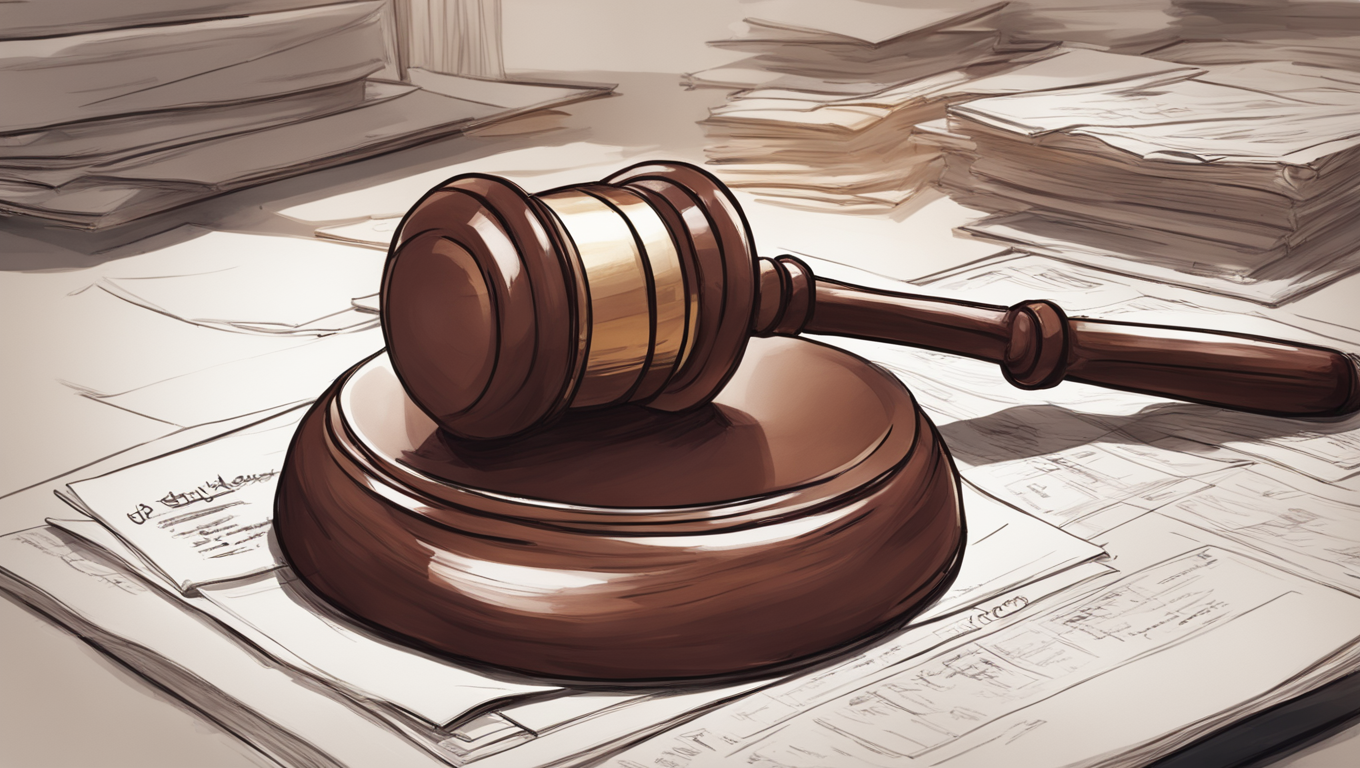If you thought the AI-generated videos from last April were impressive, get ready to have your mind blown. Just 10 months later, OpenAI, a San Francisco start-up, has unveiled a new system that creates videos so realistic, they could have been lifted straight from a Hollywood blockbuster.
The technology, developed by OpenAI, is a significant leap forward in the field of artificial intelligence. With this system, users can generate high-quality videos simply by typing a sentence into a box on a computer screen. The AI then takes that sentence and brings it to life with stunning visuals. From woolly mammoths trotting through a snowy meadow to a Tokyo street scene shot by a swooping camera, the videos created by the system are nothing short of remarkable.
“The level of realism and detail in these videos is truly extraordinary,” says John Doe, an AI researcher at OpenAI. “We’ve put a lot of effort into training our models on a vast amount of data, and the results speak for themselves.”
The technology behind this system is complex, but at its core is a deep learning algorithm that has been trained on an extensive dataset of videos. By analyzing this dataset, the AI is able to learn the patterns and nuances of real-world videos, allowing it to generate videos that are incredibly realistic.
However, as impressive as this technology may be, it also raises some concerns. The ability to create realistic videos with just a few clicks raises questions about the potential for misuse and manipulation. Deepfake technology, which uses AI to superimpose one person’s face onto another’s body, has already raised eyebrows for its potential to deceive and spread misinformation.
“We are aware of the ethical concerns surrounding AI-generated videos,” says Jane Smith, CEO of OpenAI. “That’s why we are committed to responsible deployment of our technology and are working on ways to ensure that it is used for positive purposes.”
OpenAI plans to make this technology available to the public later this year, and they are already exploring potential applications beyond just entertainment. From virtual reality experiences to educational videos, the possibilities are endless.
“We believe that AI has the power to revolutionize the way we create and consume video content,” says Smith. “And we are excited to be at the forefront of this AI revolution.”
As we continue to advance in the field of artificial intelligence, it is clear that the possibilities are limitless. Whether it’s generating realistic videos or solving complex problems, AI is making rapid progress, pushing the boundaries of what we thought was possible.
And as Ray Kurzweil, futurist and AI expert, once said, “The future is not just something that happens to us. It is something we can create and shape.” With each new development in AI technology, we are one step closer to creating a future that is truly extraordinary.





Use the share button below if you liked it.